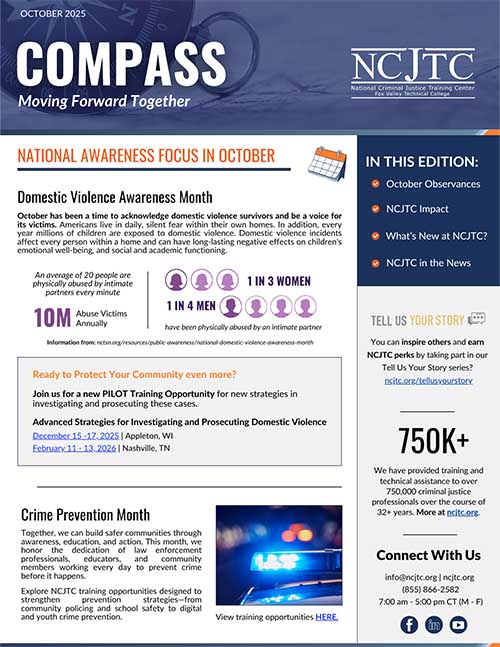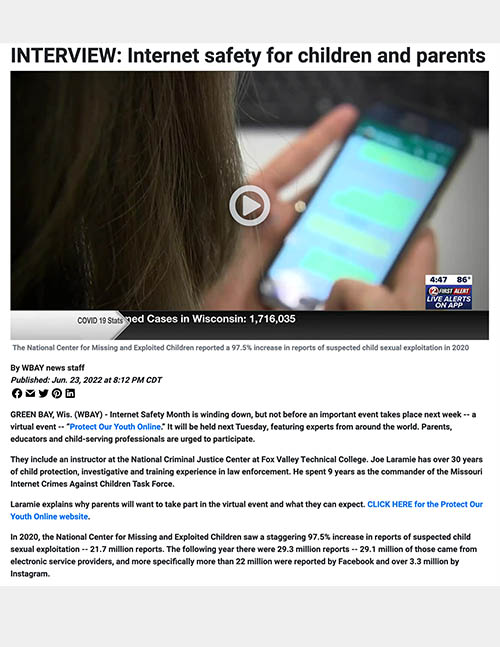


Join other child-serving professionals to create a plan of action for preventing child sexual abuse of youth in your care. Learn the signs and symptoms of child sexual abuse, mandated reporter and stakeholder responsibilities. Identify strengths and weaknesses of current prevention practices, and develop an action plan, using the Strategic Prevention Dashboard, for your organization. This course is open to all members of child serving organizations such as preschool, after-school care, summer camps, church groups, athletic associations or others responsible for the care of minors.

Learn the signs of neglect, physical and sexual child abuse in an effort to gain a better understanding of how to identify victims. KNOW & TELL is a public responsibility movement, to educate all adults to KNOW the signs of abuse and TELL responsible authorities when they recognize them. Awareness of these signs is a critical step to protecting our children and helping to educate others. We all have a responsibility to protect children. THIS TRAINING IS NO LONGER AVAILABLE THROUGH NCJTC. PLEASE VISIT THE REGISTER BUTTON OR THE LINK IN THE ABOUT SECTION.

We are excited to share our latest edition of the Compass Newsletter! November is National Native American Heritage Month and this issue highlights our relationships with American Indian/Alaska Indian (AI/AN) Communities at NCJTC. Learn about new training opportunities that just launched and much more!

We are excited to share our latest edition of the Compass Newsletter! This issue highlights National Substance Abuse Prevention Month and opportunities our TRASM program offers. Learn about What's New at NCJTC, newsworthy stories and much more!

We’re proud to share the NCJTC 2024 Annual Impact Report with you - a reflection of the critical work we’ve accomplished together. Read it today!

Read our NCJTC Impact Report for 2024 highlights and more!

June is Internet Safety Month. Listen to the full interview as Laramie shares what kids and parents can do to make using social media platforms safer.

NCJTC Training and Technical Assistance Catalog. For a printable version of the catalog, visit ncjtc.org/catalogprint. Revised: September 2025

NCJTC Training and Technical Assistance Catalog. For the online version of the catalog, visit ncjtc.org/catalog. Revised: September 2025

Examine the common medical and social myths and misconceptions that undermine the investigation and adjudication of child sexual abuse cases. Materials discussed will include the medical/legal definitions or "child", the evolving definition of "rape", and the different between statutory requirements for "consent" and "force".
